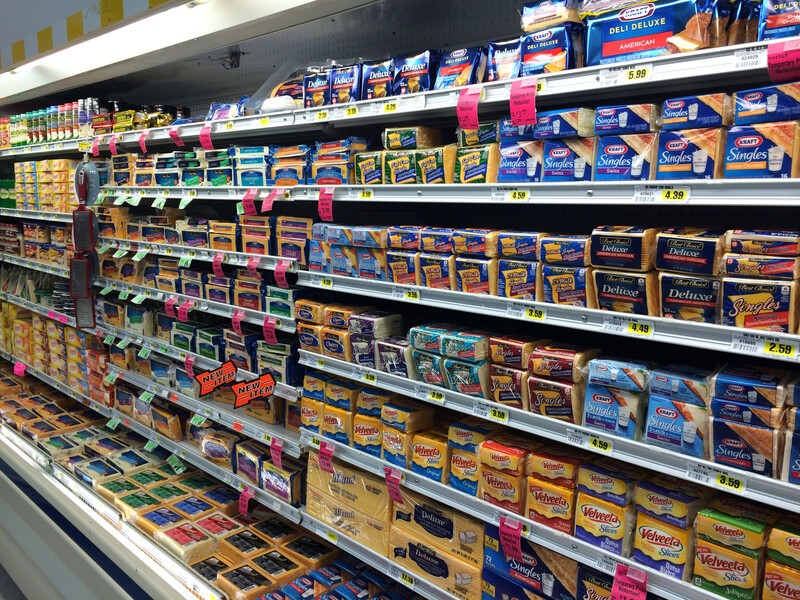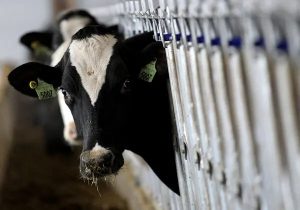
Prices have become a let-down and oversupply issues seemed to hit overnight. While the outlook for dairy product and U.S. milk prices have little upside through the remainder of 2020, the good news is that we have likely seen the floor.
The first quarter of 2020 ended with exceptional growth in dairy demand. Americans underwent a period of preparatory buying as it became apparent that extreme measures, including shelter-in-place orders, would become a reality to combat the spread of the coronavirus. According to IRI data, this buying pattern peaked in the last two weeks of March with sales of milk, cheese, butter, yogurt and ice cream registering average growth rates (in volume terms) of 55% versus the same time last year. Processed cheese and butter were the top two performers, both reaching sales growth of 105%. Since then sales growth volumes have remained robust, generally above 20% YOY, through the first week of April.
Despite strong growth in retail sales, dairy prices have collapsed to lows last seen in 2009. At the time of writing, Class III and IV milk futures for May are priced at $11.52/cwt and $10.21/cwt respectively, down 30% to 40% from the start of the year. The discrepancy between prices and robust retail sales has been due to a dramatic shift in demand away from foodservice, a core pillar of growth in dairy demand. Foodservice cheese accounts for about half of the milk used to produce cheese in the U.S.
With shelter-in-place and social distancing orders in effect, foodservice sales have fallen by around 50%. This loss of cheese demand accounted for, in milk-equivalent terms, to a total dairy demand loss of more than 10%. Unfortunately, the increase in retail sales has not been enough to recover the loss in foodservice demand. Rabobank anticipates cheese inventories will reach their maximum thresholds and stay burdensome for much of 2020.
For now, the dairy market has more or less found a floor (assuming government and processor interventions successfully support demand and reduce supply in meaningful ways.) However, there is little upside in dairy product prices for some time. It will take time for restaurants to go back to pre-covid occupancy. Many consumers may be weary of the close proximity in dining areas, and many may not have the money to dine out due to the dramatic loss of jobs in recent months.
Export markets will also be problematic. Key export destinations have seen their currencies depreciate, such as the Mexican Peso’s 20% drop since the start of the year, impacting their buying power. Chinese imports will also be lower. Early on in their fight against coronavirus, the Chinese aggressively dried milk due to supply chain challenges. Now China has higher than normal inventories. Rabobank anticipates their imports of milk powders will be down 28% for the full year.
The timing of our challenges has been somewhat fortunate, when New Zealand milk production heads toward its seasonal lows. There is one less dairy exporter putting more milk into the global market for the next four months or so.
Lastly, it’s noteworthy that as consumers retreated to binge-watching Netflix at home, they have shown a strong preference for retail dairy products after years of weak or even declining growth. Their purchases have reflected stable, underlying demand and consumer confidence in dairy. Rabobank expects the “back-to-basics” trend to continue, with consumers choosing more affordable and nutritious dairy products over the more expensive and less nutritious alternative plant-based products for some time.























